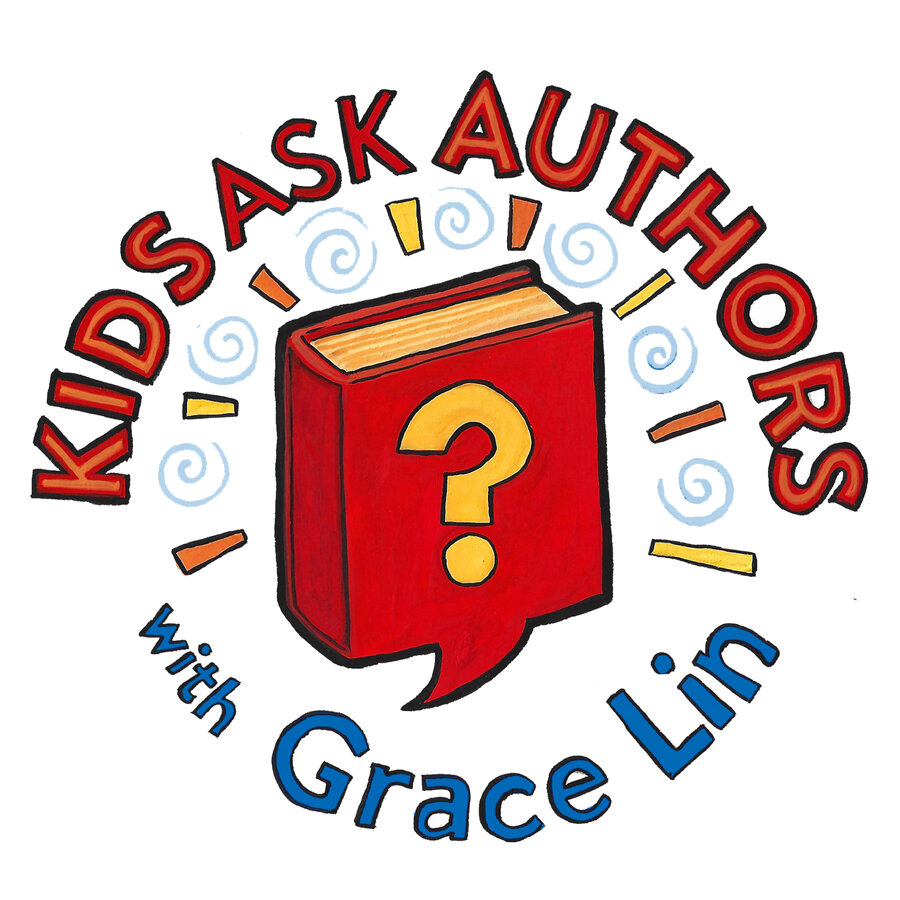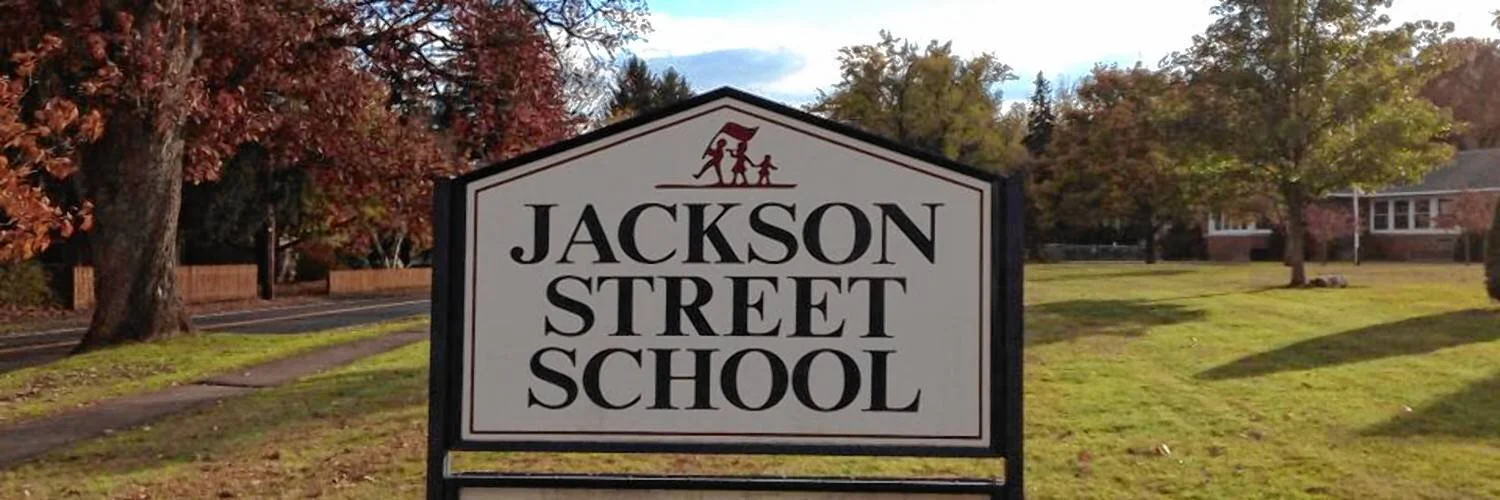Episode #83: How did you learn to draw? -with Molly Idle
TRANSCRIPTS:
Grace Lin: Hello, I'm Grace Lin, children's book author and illustrator of many books, including the middle grade novel When the Sea Turned to Silver and the picture book A Big Mooncake for Little Star. Today I am here with Molly Idle, the author and illustrator of Flora and the Flamingo, Pearl, and Coral. Hi, Molly.
Molly Idle: Hi, Grace.
Grace Lin: Thanks so much for joining me today.
Molly Idle: Always a pleasure to be with you.
Grace Lin: All right. Are you ready for today's kid question?
Molly Idle: I am.
Grace Lin: Okay. Today's kid question is from a young person named Oscar and they...
Molly Idle: Hi, Oscar. Yes. And they ask...
Oscar: How did you learn to draw?
Grace Lin: How did you learn to draw?
Molly Idle: Oh, that is such a good question, Oscar. And I think a question like that can be asked to cover the past, the present, and the future, how I'm still learning to draw. I feel like while I started to learn to draw, as soon as I could hold a pencil, my mom loved to paint and to draw and she let me do that with her, I have kept learning through my whole life through a series of different teachers. First, it was my mom. Then in elementary school, I got introduced to this wonderful series of books by Lee J. Ames, the how-to draw books that broke things down into simple shapes. And I spent a lot of years practicing drawing that way.
Molly Idle: But then you come to a point where you really need outside help. And that's where teachers are wonderful. I had some fabulous art teachers to help me get better, to critique my work, which means to criticize, but not in a mean way, in a helpful way to say here's how your work could be even better. And then I would practice the criticisms that they had given me and apply that to my work. And I did that all through high school and college. Even as a working artist, I get critiqued all the time and I try and put those helpful hints from my teachers and mentors and co-workers and art directors into my work and practice so that I get better all the time.
Molly Idle: The best advice I can give for practicing is to draw everything that interests you. Draw the things that are around you, things from your own mind, and real things in real life. I always feel like I never really understand how something is put together or works until I draw it.
Grace Lin: Yeah, that's true. I love that. And I really loved how you said that you're still learning to draw because I feel the same way. I'm always learning every day and I've been learning since I started to draw when I was two or three. So I don't think you ever stop learning.
Molly Idle: Oh, I don't think so either. Especially when you love to do it, then the learning and the practice is just a joy. It's just fun to do. It doesn't feel like work. When I set out to learn to draw something new, I don't think, oh boy, here we go. I think this is going to be good. I'm going to figure this out. I'll know more when I'm all done.
Grace Lin: And what I also loved what you said was about when you draw something you don't really know anything until you get to draw it. And I feel that way all the time. I feel like when you draw something that's when you really kind of learn who they are or what they are. Even when I'm drawing something as banal as a cup, all of a sudden after you draw it you really appreciate that cup. You're like, "Wow...
Molly Idle: Right.
Grace Lin: ... it's so smooth." "It's so round." Or "It's so heavy," things like that.
Molly Idle: Yeah. There is a big difference between just looking at things and really seeing them...
Grace Lin: Yes.
Molly Idle: ... for what they are and how they are constructed. And drawing is a wonderful way to better understand the world around us.
Grace Lin: Yes. I think I was at a lecture by David McCauley who does all the books about the way things work. And he said the reason why he does those books is because he wanted to know how things works. And the way you can do that, the way you learn how things work is by drawing them. And I thought, oh, interesting.
Molly Idle: It is.
Grace Lin: Other than just doing it yourself. But I guess he was talking about things like that was unlikely that you could do yourself.
Molly Idle: Right. That's true. But isn't that also one of the amazing things about drawings. I can not actually be a flamingo, but by drawing one I get a better understanding of how they move and what that must feel like and be like because all animals and people have similar skeletal structure. So if you can imagine their shoulder, you can imagine your shoulder feeling that way. And when you draw people and you draw one of their expressions, whether they're happy or sad or worried about something, I find myself making those same expressions. And it's a great way to empathize with your characters. And then with people in the real world too.
Grace Lin: Yes.
Molly Idle: You see that face that you've drawn and you know how they feel.
Grace Lin: It is true. You know, and I feel like one of the reasons why I turned to illustrate children's books was because of that. Because when I was drawing children's books, or children's illustrations in an art school, I always felt happy afterwards. And I look back and I think it's because you're always doing happy faces. You know, you're always acting out the characters that you were doing. And even when you did sad things, it always ended up happy. Versus when we had editorial illustration assignments or something it was always not so happy. It was like, "Okay, I'm a businessman with the suitcase," you know? And I was like... And it wasn't as joyful because I didn't like embodying that as much.
Molly Idle: Agreed. There simply aren't enough unicorns and rainbows in editorial illustration.
Grace Lin: Yes. Exactly. Or just not enough smiling faces. I think that's really what it is.
Molly Idle: Absolutely. There is a hopeful quality. And that is one of the great joys of children's books is that there is always hope, like you said. But children's books are not without, the characters or not without problems, but there is always a resolution that allows for the thinking of a good thing to happen in the future.
Grace Lin: Yeah. Exactly. And that's what I like. If I'm going to embody that, embody something...
Molly Idle: Yeah.
Grace Lin: ... I'd rather embody that.
Molly Idle: Yes. Agreed.
Grace Lin: All right. Well, thank you so much for answering today's question. And thank you Oscar for asking it.
Molly Idle: Thanks, Oscar.
Grace Lin: Bye.
Today’s BOOK REVIEW comes from Elise! Elise is reviewing, Peppa Pig and the Earth Day Adventure, by Candlewick Press.
My name is Elise and the book I would like to talk about is Peppa Pig and the Earth Day Adventure, the copyright is to Astley Baker Davies. This book is about Peppa Pig and her family visiting the botanical garden to celebrate Earth Day. They drive to the garden with an electric car, named Roger. At the garden, everyone enjoys seeing the bees, wildflowers, and many different plants. Peppa and her family also recycle to keep the earth clean. I like this book because everyone must do their part to keep the Earth clean, not just on Earth Day, but every day.
Thank you so much Elise!
More about today’s authors:
Molly Idle is the author and illustrator of the Caldecott Honor-winning picture book Flora and the Flamingo (and the rest of the Flora books too). She’s also the creator of the Rex series (which includes Tea Rex and Sea Rex), and the mermaid tales Pearl and Coral. Prior to pursuing a career in picture books, Molly worked as an artist for DreamWorks Feature Animation studios in California, but has since set up shop in the sunny state of Arizona, where she works and lives with her marvelous, multigenerational family which includes: her brilliant husband, two mercurial sons, two remarkable parents, two snugly cats and an inseparable pair of lovebirds. When she’s not making mischief with her boys, or watching old Technicolor musicals, Molly can be found in her workshop with a pencil in one hand and a cup of espresso in the other- scribbling away on her next book!
Grace Lin, a NY Times bestselling author/ illustrator, won the Newbery Honor for Where the Mountain Meets the Moon and her picture book, A Big Mooncake for Little Star, was awarded the Caldecott Honor. Grace is an occasional commentator for New England Public Radio , a video essayist for PBS NewsHour (here & here), and the speaker of the popular TEDx talk, The Windows and Mirrors of Your Child’s Bookshelf. She is the co-host of the podcast Book Friends Forever, a kidlit podcast about friendship and publishing (geared for adults). Find her facebook, instagram , twitter ( @pacylin) or sign up for her author newsletter HERE.
Special thanks to the High Five Books & Art Always Bookstore, Ms. Carleton’s 2nd grade class at Jackson Street School for their help with our kid questions and reviews.






